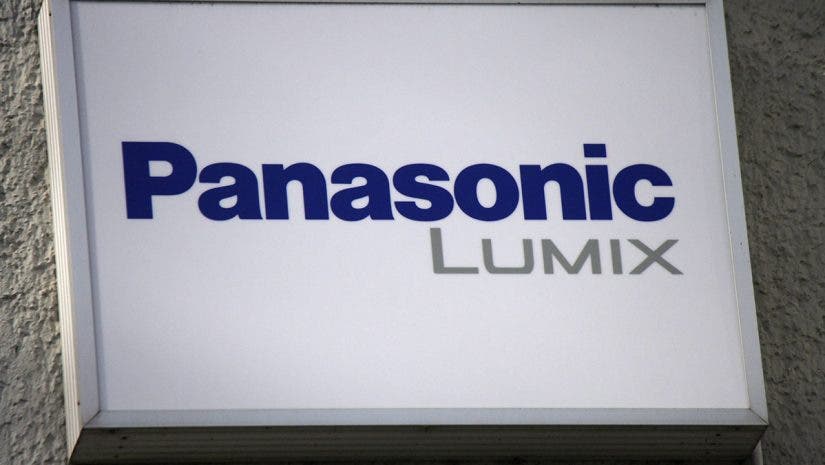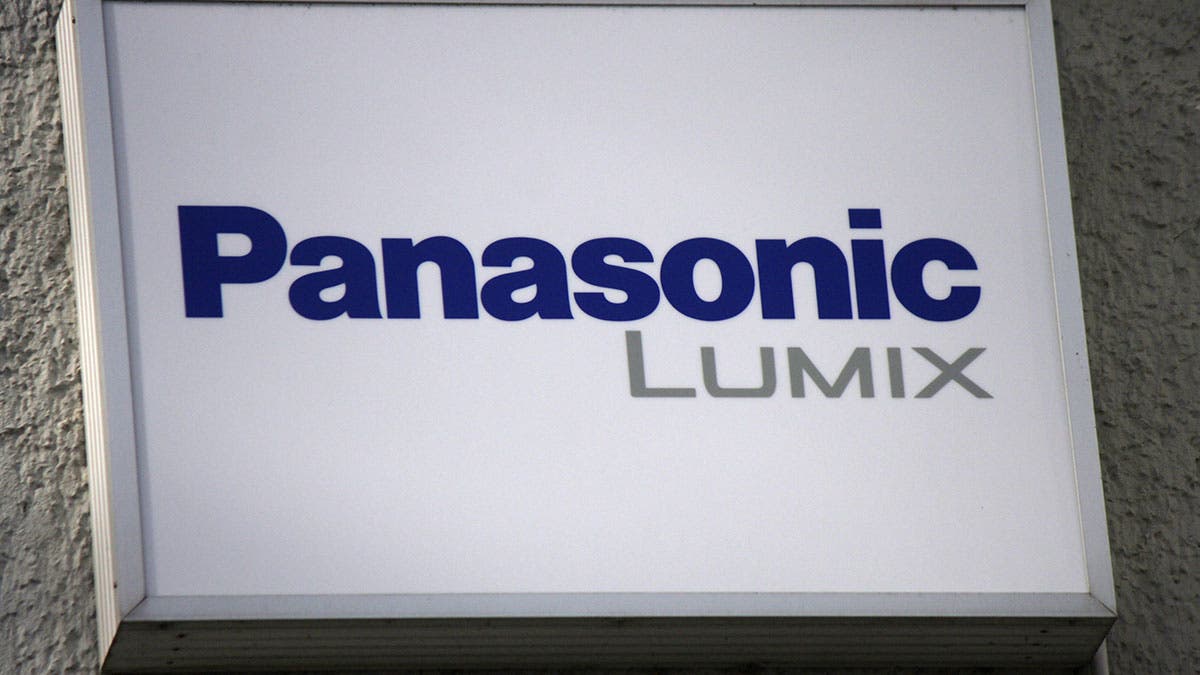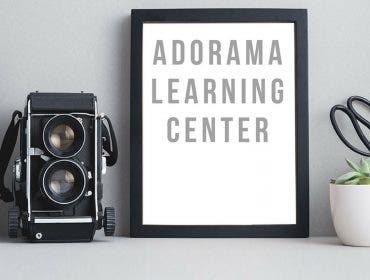The Panasonic DMC-GH3 is an outstanding camera that will give you years of pleasure and a ton of creative choices. Here are some products I recommend to expand the camera’s usefulness, based on typical photographer/videographer needs
Learn more about this camera: Read our exclusive Panasonic DMC-GH3 Guided Tour.
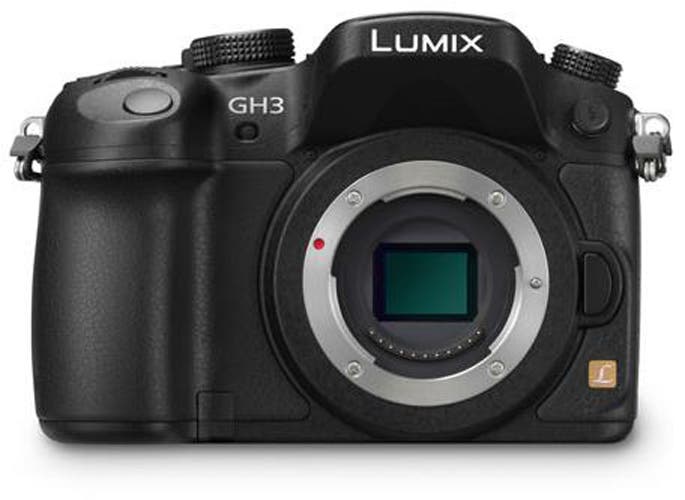
Video
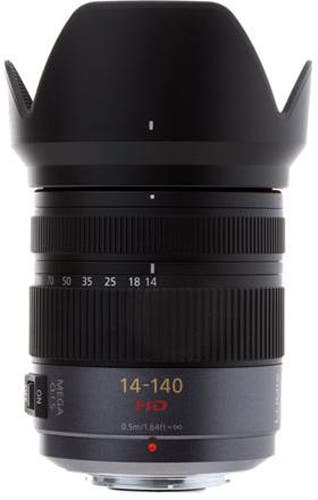
Panasonic designed the GH3 with video buffs in mind; let’s trick out this camera for full-blown video shooting. Use lenses optimized for video, such as the Panasonic Lumix Vario 14-140mm f/4-5.0 lens. The focus motor is quieter so sound won’t be picked up in the audio track. With the Micro Four Third sensor’s format, the focal range is equivalent to a 28-280mm lens on a 35mm camera.
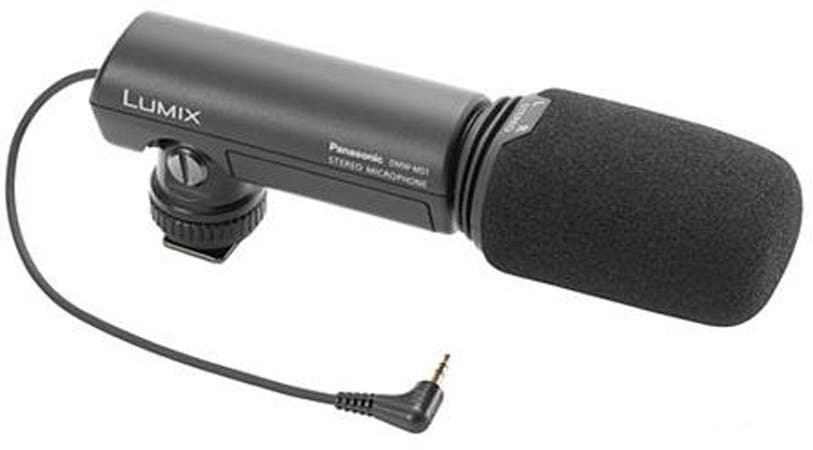
Microphones: Consider a shotgun shoe-mount mic such as the Panasonic DMW-MS1 or a Lavalier mic such as the wireless Azden 15BT that attaches to your lapel to get good, clear close-up sound. Read this for more tips on choosing a microphone for video.
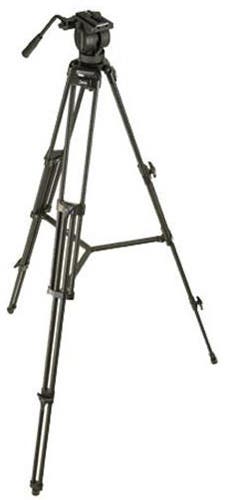
Video Tripod/panhead: A good video tripod with a fluid head will give you smoother camera motion for better quality videos. The Flashpoint 3-Point VT1 Video Tripod is an outstanding choice for this.
Video Light: A video light that you can quickly and easily color balance to match the ambient light in a scene is a great idea, and the Flashpoint 144 LED light kit lets you vary the color of the light output from 3200-5600k. It can be mounted on a light stand or can be fitted atop the GH3 via the shoe mount.
Stills: Family/Portraits, Pets & Kids
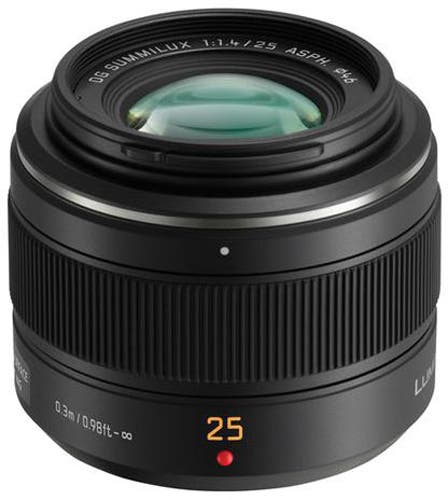
While the Panasonic 14-42mm f/3.5-5.6 standard lens should cover you for most “around the house” photos, you can step up the quality via the more advanced Panasonic 12-35mm f/2.8, which offers a faster, consistent wide aperture as well as many optical upgrades. You may also want to consider the standard 25mm f/1.4 lens, which is terrific for low light photography without flash.

The most versatile off-camera flash for the GH3 is the Panasonic FL360L, a wireless unit with a rotating head so you can bounce flash off walls or ceilings; it can be used off camera without a wire, and if you’re serious about portrait photography you can buy two or more, set them up on light stands with modifiers such as a Gary Fong Unversal Lightsphere, and operate their output via the camera’s flash control menu.
Sports/Action/Wildlife
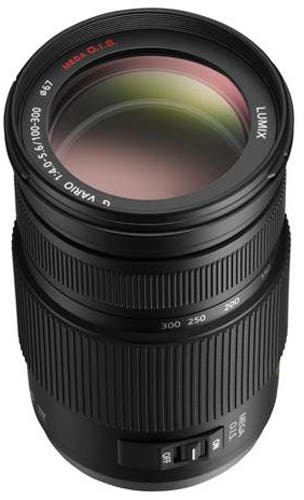
The advantage of a Micro Four Thirds camera such as the GH3 is that you don’t need a physically super long lens to get close to the action, since the focal equivalents are always twice the actual focal lengths. A long zoom lens such as the Panasonic Lumix G Vario 100-300mm f/4-5.6 gives you an equivalent range of 200-600mm, which is great for sports as well as for photographing wildlife and birds.
For extra stability when shooting sports, it’s good to keep the camera on a monopod such as the Flashpoint FL2560 via a ballhead.
Travel
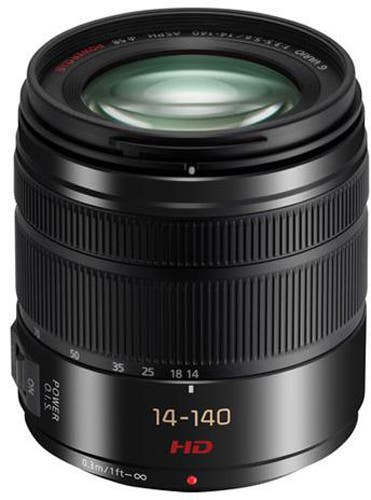
The ideal kit for travel is one that won’t take up much room or weigh too much. A long-range zoom that starts wide and ends at a telephoto is recommended. The Panasonic 14-140mm (28-280mm equivalent) f/4-5.6 is a good all-around choice, although you could also add the Panasonic 7-14mm (14-28mm equivalent) near fisheye lens for some wacky perspectives.
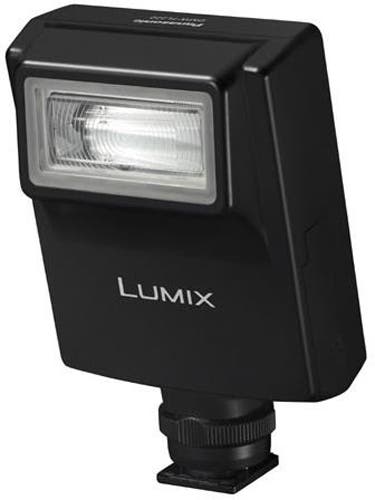
When shooting with the superzoom lens at its longest extension, a good camera support is a very good idea. The 3Pod P5CFH Carbon Fiber Tripod is a light, flat-folding tripod designed to fit in carry-on luggage, and comes with a ballhead that will support any Panasonic camera/lens combination.
The most versatile off-camera flash for the GH3 is the Panasonic FL360L, a wireless unit with a rotating head so you can bounce flash off walls or ceilings; it can be used off camera without a connecting cable. If you’re on a budget and don’t need so much power, consider the more affordable Panasonic FL220.
